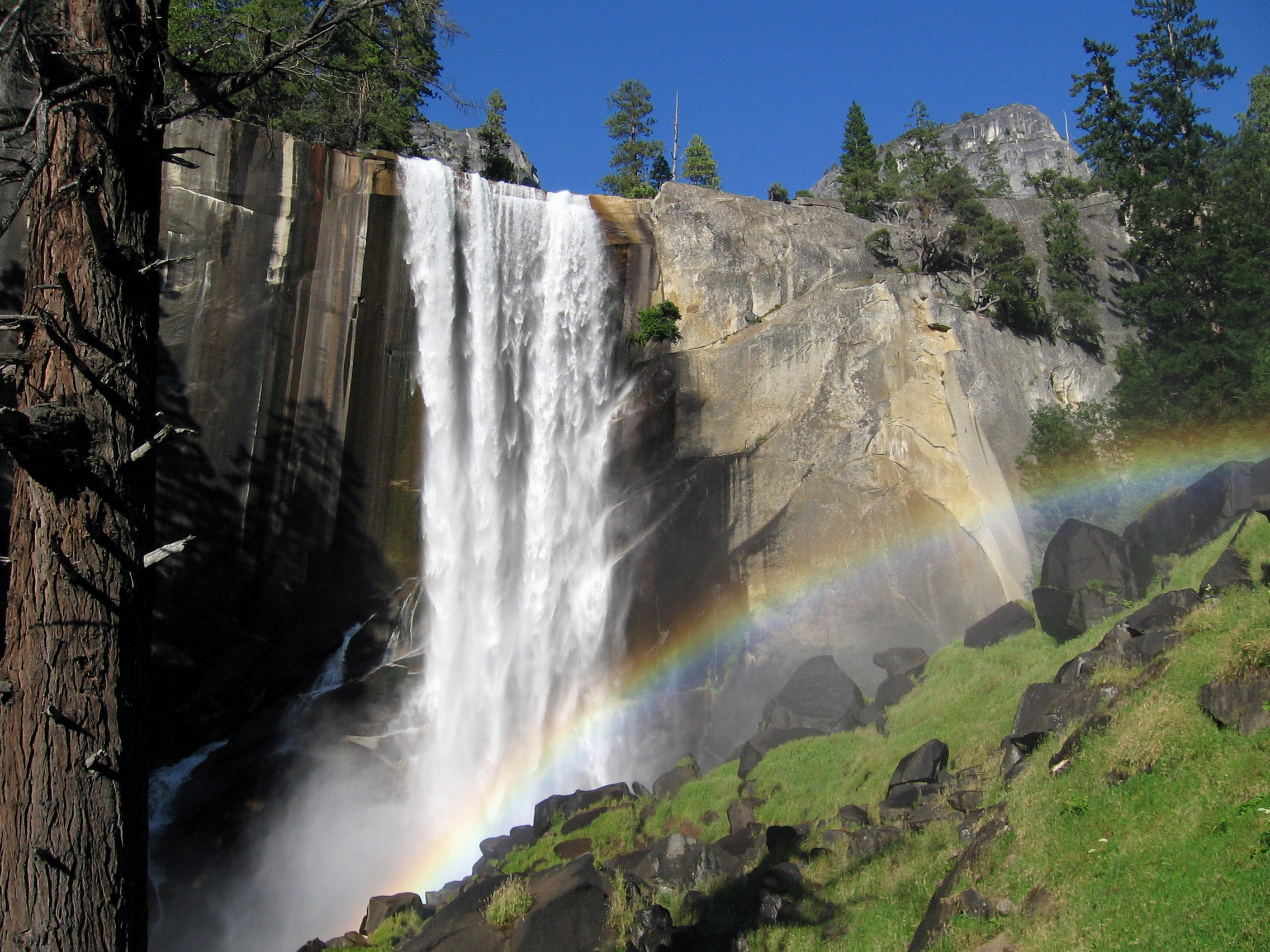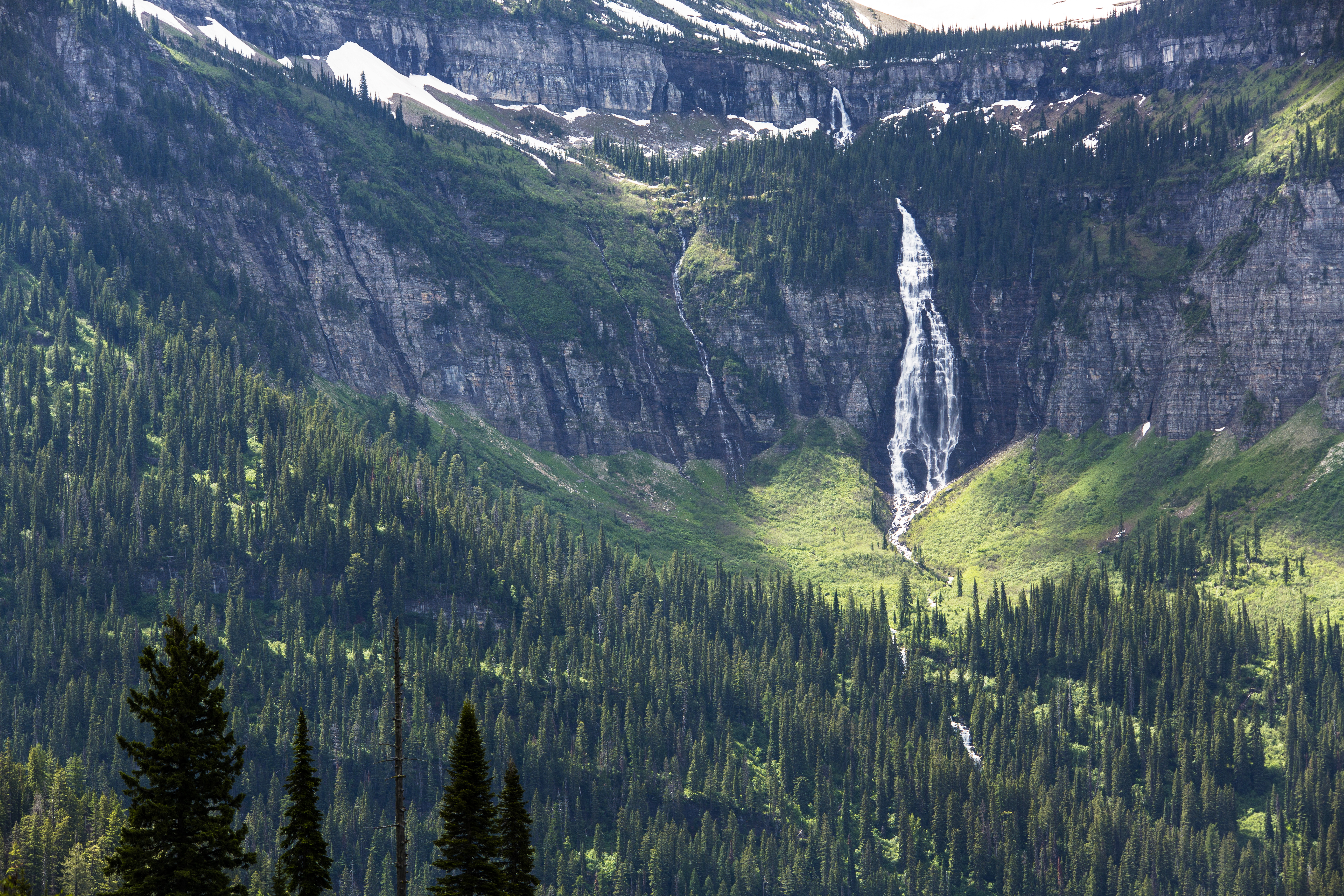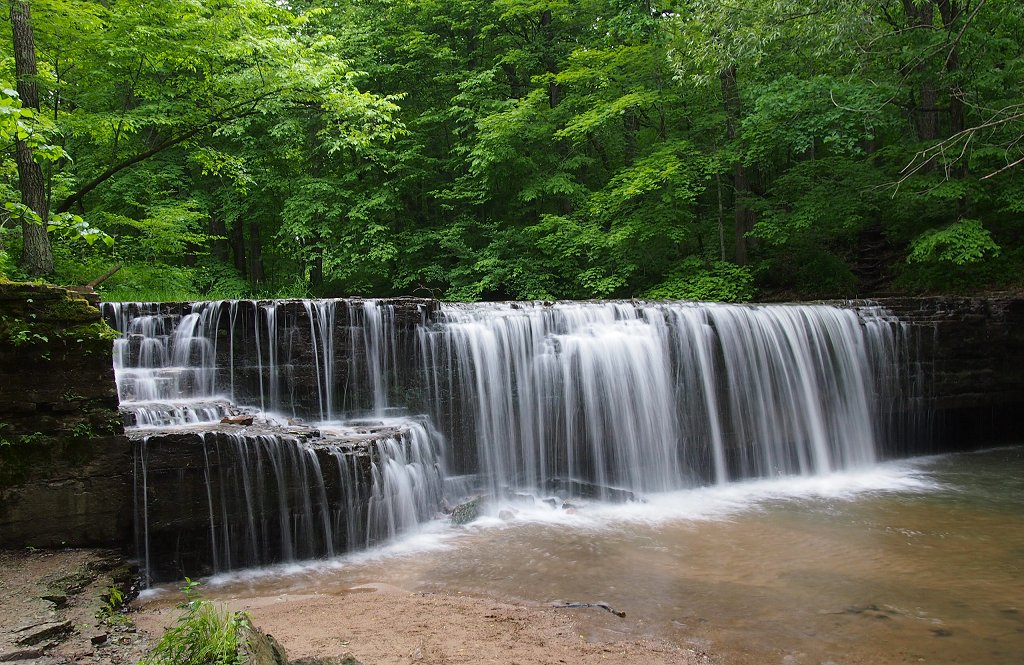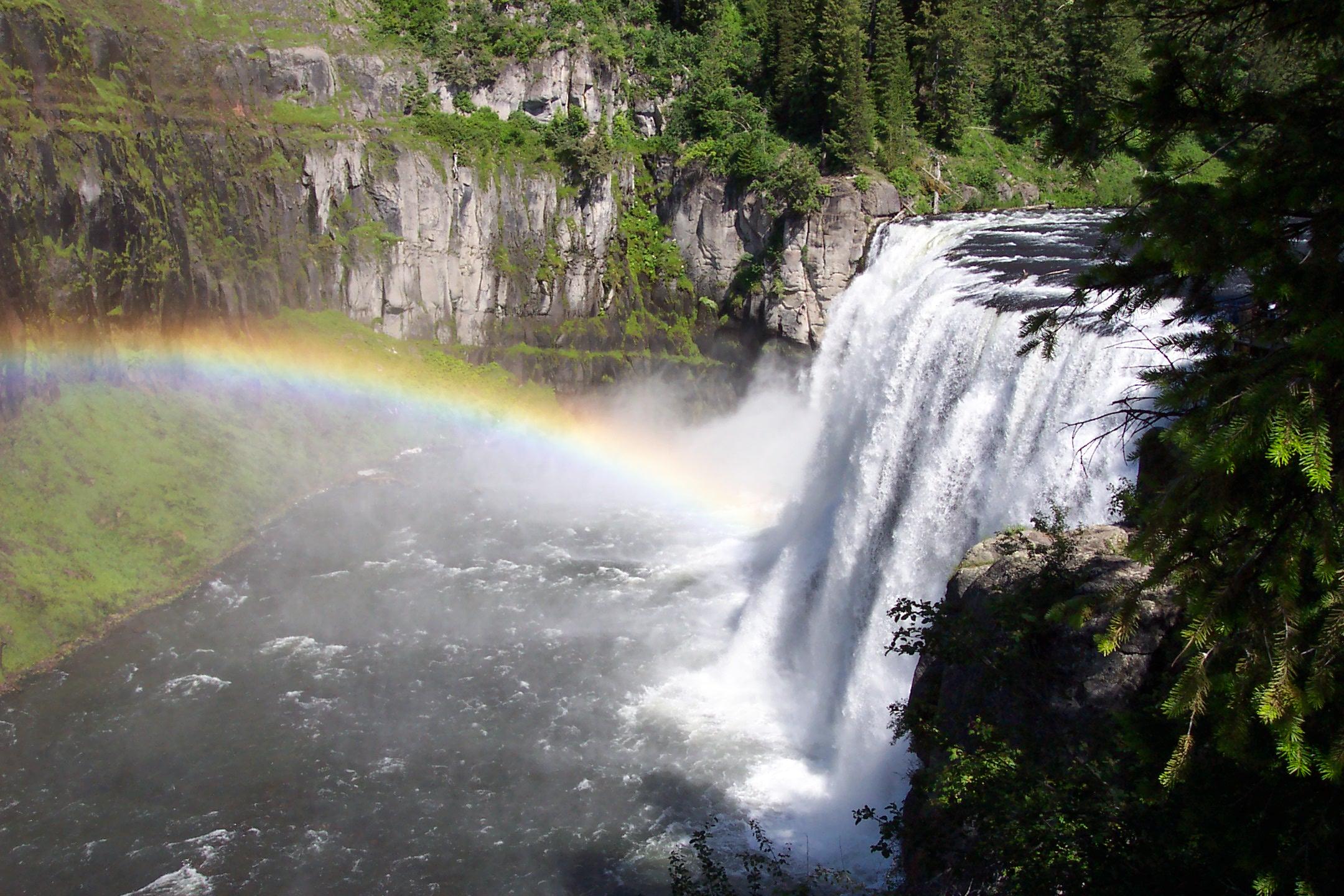By Shandra Furtado, Communications Intern
Forests and water share an important relationship, but the combination of these two natural beauties sure makes a site to behold! So, for all you hikers and outdoor lovers, here is a list of some of our favorite waterfalls found in National Parks and Forests throughout the United States.
- Bird Woman Falls – Glacier National Park, Montana
Spilling out of the hanging valley above Mt. Oberlin and Mt. Cannon, this majestic waterfall stands out in comparison to the layered rock and emerald pines beneath it year round. The falls lie just west of the continental divide, and the water will eventually flow across the continent and into the Pacific Ocean. The name “Bird Woman Falls” is thought to have originated from Sacajawea, which translates roughly into “bird woman.”
- Hidden Falls – Nerstrand Big Woods State Park, Minnesota
Nerstrand Big Woods State Park is comprised of a 150-foot layer of glacial drift over a layer of limestone. Hidden falls is one of the few places in the park where the drift has been eroded away and the limestone is visible. The steep, short drop is at its best when water flow is gentle, allowing individual streams to cascade over the glacial rock in a dream-like state.
- Nugget Falls (also known as Mendenhall Glacier Falls) – Tongass National Forest, Alaska
This majestic waterfall, fed by the Nugget glacier, drops almost 400 feet with massive force onto a sandbar in Mendenhall Lake. The picturesque scene offers views of Mt. McGinnis, Stroller White Mountain, Mendenhall Glacier and Bullard Mountain in the background and the chance to spot black bears fishing for salmon in the foreground.
- Havasu Falls – Havasupai Reservation, Arizona
Although not technically in a national forest or park, the stark contrast between the fire-orange canyon and the neon blue water at Havasu Falls makes it impossible to keep this magnificent waterfall off this list. The blue color is due to a large amount of calcium carbonate in the water, which is reflected strongly off the limestone walls. The large amount of calcium carbonate also created distinctive travertine formations throughout the creek and over the waterfall. To see the waterfall, visitors must take an eight-mile trek down the Hualapai Trail through the Havasupai Reservation.
- McWay Falls and Cove – Julia Pfeiffer Burns State Park, California
McWay Falls is visible from the roadside of Highway 1 in Big Sur. Previously, the waterfall flowed directly into the ocean until a massive fire, landslide and highway reconstruction project near the area in the early 1980s. Today, the falls flow onto the beach and then into the ocean through the sand. The picturesque waterfall drops 80 feet into McWay Cove, making for a scenic coastal combination that has become the poster-child for ocean waterfalls on the west coast.
- Vernal and Nevada Falls – Yosemite National Park, California
It is easy to see where the name of the signature “Mist Trail” in Yosemite, consisting of Vernal and Nevada Falls, comes from. The mist from these waterfalls is intense and depending on the time of the year, hikers can be completely drenched by the time they reach the end of the trail. At the top of Vernal Falls, the second waterfall on the trail, there is a flat expanse of rock that drops into the Emerald Pool and allows hikers to rest and air dry. The hike is not for the light of heart. For experienced hikers, however, the views are worth it.
 |
 |
- Mesa Falls – Caribou-Targhee National Forest, Idaho
Mesa Falls drops into the remnants of an inactive caldera volcano from more than a million years ago. Henry’s Fork caldera deposited a thick layer of rock and ash across the area that the thunderous falls currently flow over. The roaring waters of the 10-story Upper Mesa Falls flows downstream into the Lower Mesa Falls, which cascade in a gradual, yet equally as powerful, way.





